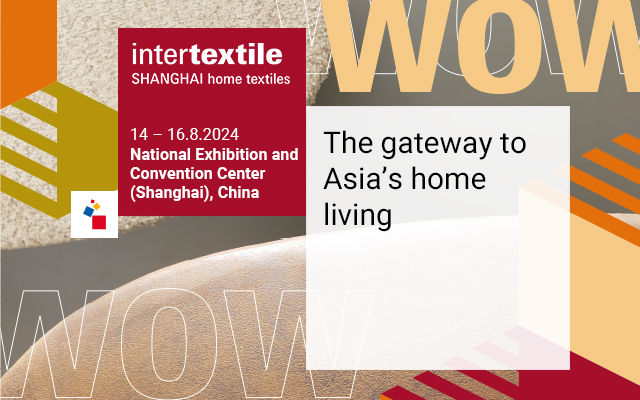The controversy over viscose.
While viscose is in rayon, the two could not be more different. Rayon is a synthetic fibre whereas viscose is a plant based textile. Here is where it gets confusing, viscose is actually a type of rayon.
Viscose was first introduced as a silk replacement in the late 1800's and was called artificial silk. The name change to rayon came in 1924. The switch was adopted from the way it is manufactured, viscous organic liquid used to make both rayon and cellophane. As a manufactured fibre, viscose is neither natural or synthetic. Rather, it falls somewhere in between the two.
Viscose is a low cost textile with a variety of uses. From end uses in cotton, velvet and taffeta to feminine hygiene products and tire cords, viscose is one of the most versatile textiles we have. It resembles cotton chemically in many ways, but can take on many forms depending on how it is manufactured.
Viscose is made from wood pulp is manufactured into cellulosic which is like cotton or linen. Cellulosic is categorised as only partially manmade. Manufactured fibre such as polyester are completely manmade whereas cellulosic fibres are derived from a natural source.
The question remains, because viscose is made from natural fibres, is it sustainable? It really depends on who you ask. To create a viscose fabric that can take regular washing, it must be chemically treated with such chemicals such as caustic soda, ammonia, acetone, and sulphuric acid. This is the conundrum, we have a totally sustainable fibre, but in order for it to be made into a lasting textile, we must treat it with chemicals.
Because viscose is made from cellulose, there has been an argument raging over its sustainability. The people on the side of viscose are arguing that the fabric is more sustainable than other synthetic fibres such as polyester where the people on the side of the environment are saying it is not because of the use of chemicals. There have been peace talks since some viscose is being manufactured using the Lyocell process which uses N-Methlymorpholine N-oxide as the solvent. This method produces little waste product, making it far more eco-friendly.
Viscose has a myriad of great qualities which makes it popular in the fashion industry including:
Versatile - it blends very well with other fibres
Breathable
Drapes well
Excellent color retention
Highly absorbent
Very smooth
Does not trap body heat
Relatively light
- Strong and robust
-
Soft and comfortable
-
Inexpensive
-
No static build up
On the downside, viscose can:
-
Shrink when washed
-
Can wrinkle easily
-
Deteriorates with exposure to light
-
Susceptible to mildew
-
Fibers can weaken when wet
Viscose is possibly the most misunderstood fibres on the market. Is it manmade or synthetic? Is it sustainable or bad for the environment? As we strive for a more sustainable world, extra effort is going into the manufacturing of viscose as alternatives in the process are tried. It will really come down to the buying public whether or not viscose is 100 percent sustainable for future generations.
This article has been posted with permission from synzenbe.com










Comments